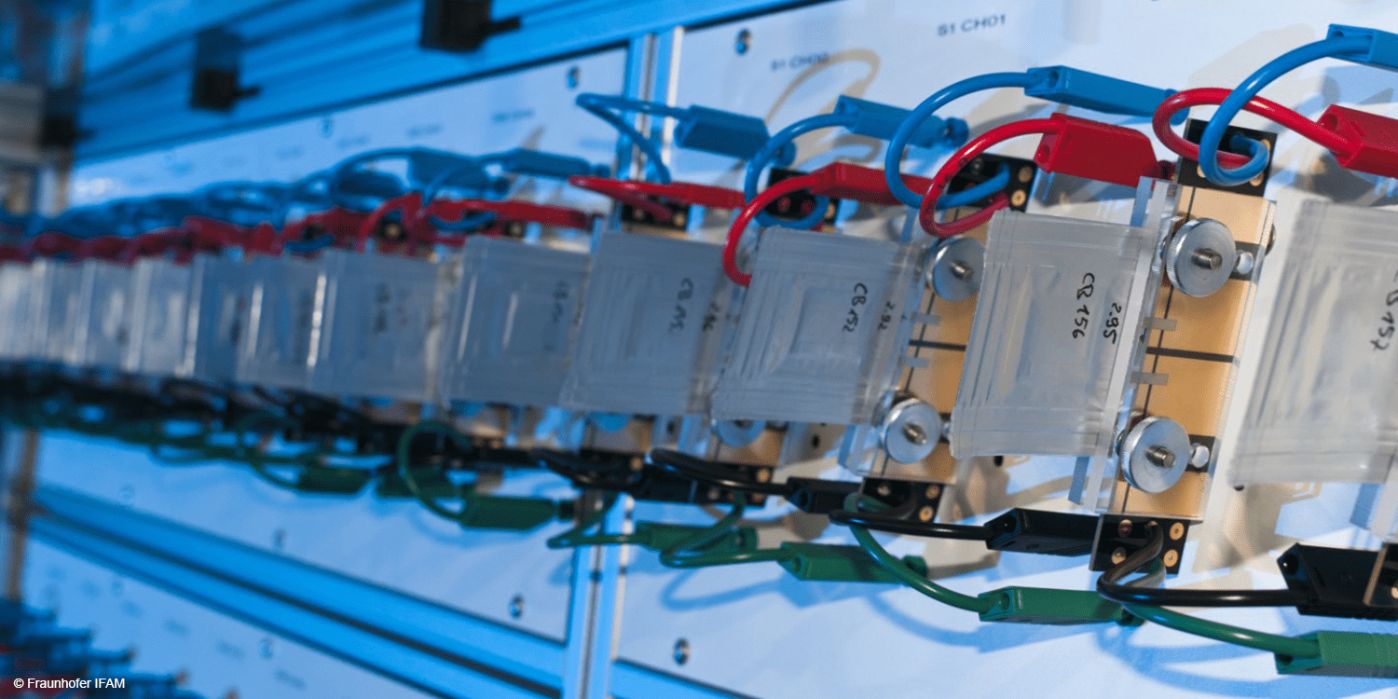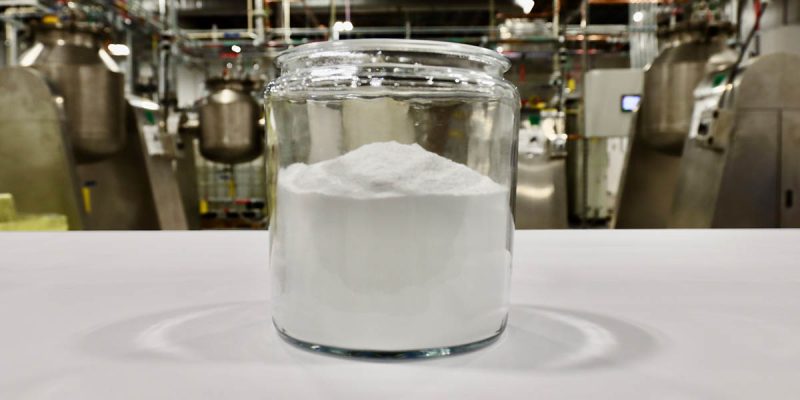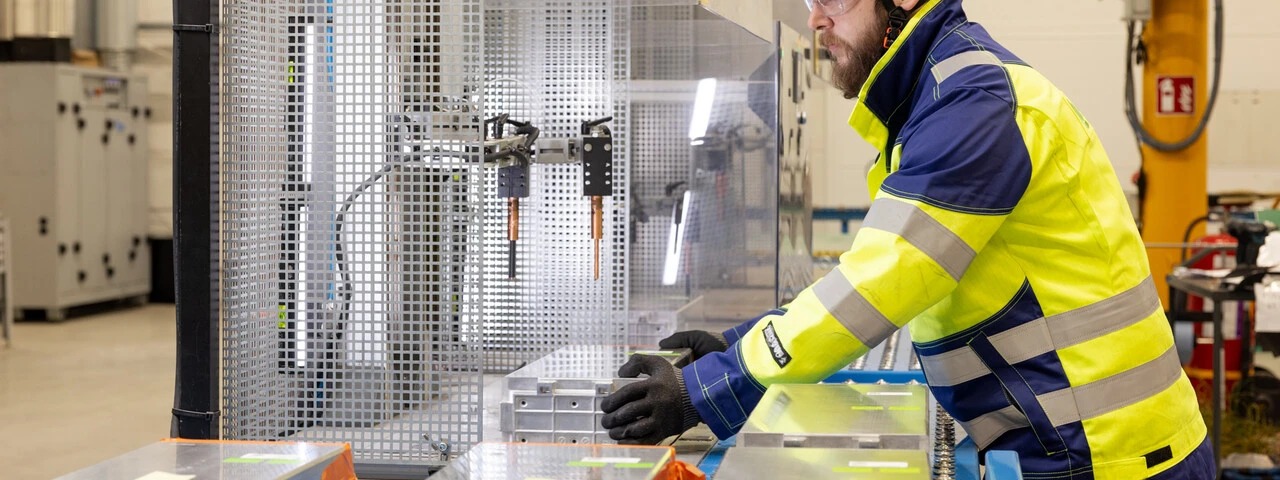Researchers at the Fraunhofer Institute for Manufacturing Technology and Applied Materials Research in Bremen have developed a new method for determining the AC resistance within a battery using dynamic impedance spectroscopy. This method enables more precise evaluation of battery cell condition, without the need for extensive laboratory testing.
Battery cell aging is a complex phenomenon that has proven difficult to determine under real-world conditions. However, precise assessment of cell aging during operation is critical for gaining a better understanding of battery aging mechanisms and extending battery life. This is precisely what the new measurement method aims to achieve.
Previously, precise measurements at the cell or pack level were primarily possible only in the laboratory. However, batteries in the laboratory are exposed to different conditions than those in use in vehicles. Moreover, battery aging is influenced by numerous factors, including storage temperatures, state of charge during extended periods of inactivity, and the history of charging and discharging processes.
According to Fraunhofer IFAM, the new measurement method makes it possible to take measurements during battery operation, providing real-time data about battery performance. The method uses mathematical models for non-linear behavior with “memory” effects to describe cell properties. This approach offers the advantage that the output of the system depends on the input into the system at all times, allowing the system to obtain a memory of all previous processes, which is crucial for describing the aging process.
The key step is measuring the dynamic impedance of the battery cells during use, including during the charging or discharging process. It is possible to directly measure the mathematical parameters describing the behavior of the cells. Using this mathematical representation, states that have not been measured can be taken into account, allowing for transferability to other environmental conditions and cell chemistries, including new battery types.
The new method has the potential to be implemented directly in the battery management system, providing data for service life prediction at any time without additional laboratory work. With this development, it should also be possible to evaluate solid-state batteries in the future.







